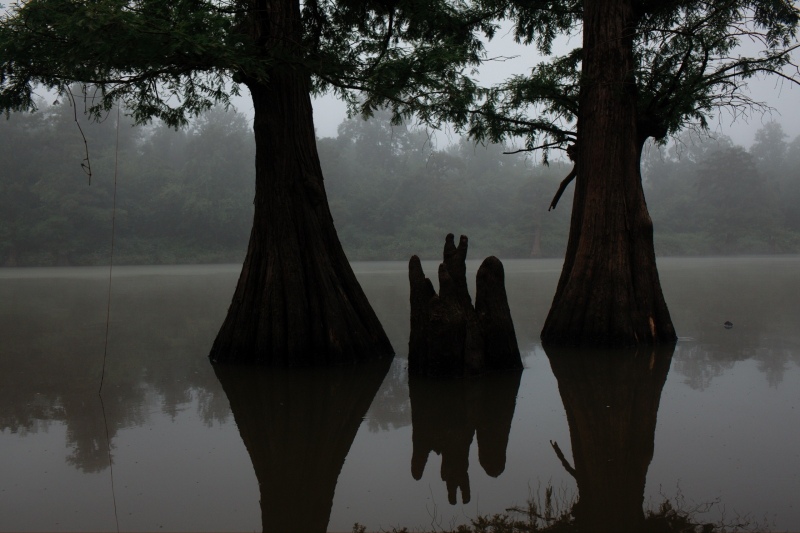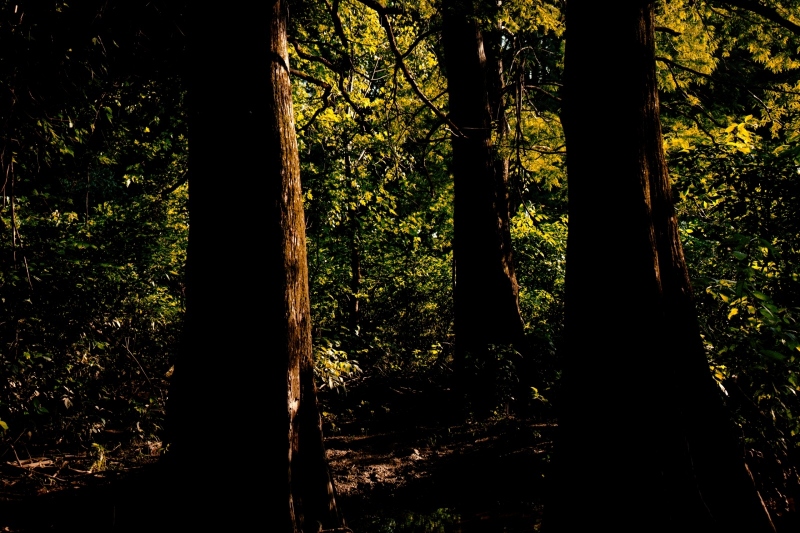Hasting Plants
Genesis design collections have everything you need to design beautiful block-powered websites with just a few clicks.
Build your site with Genesis Blocks today.
Genesis design collections have everything you need to design beautiful block-powered websites with just a few clicks.































